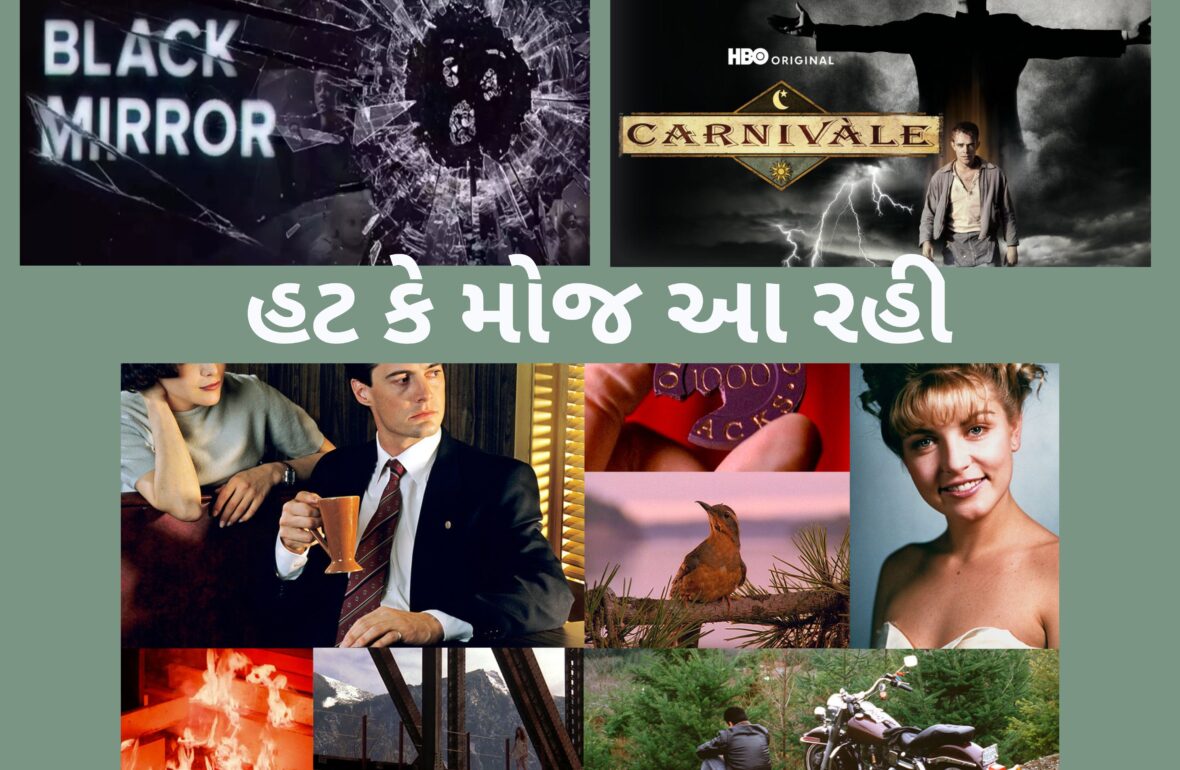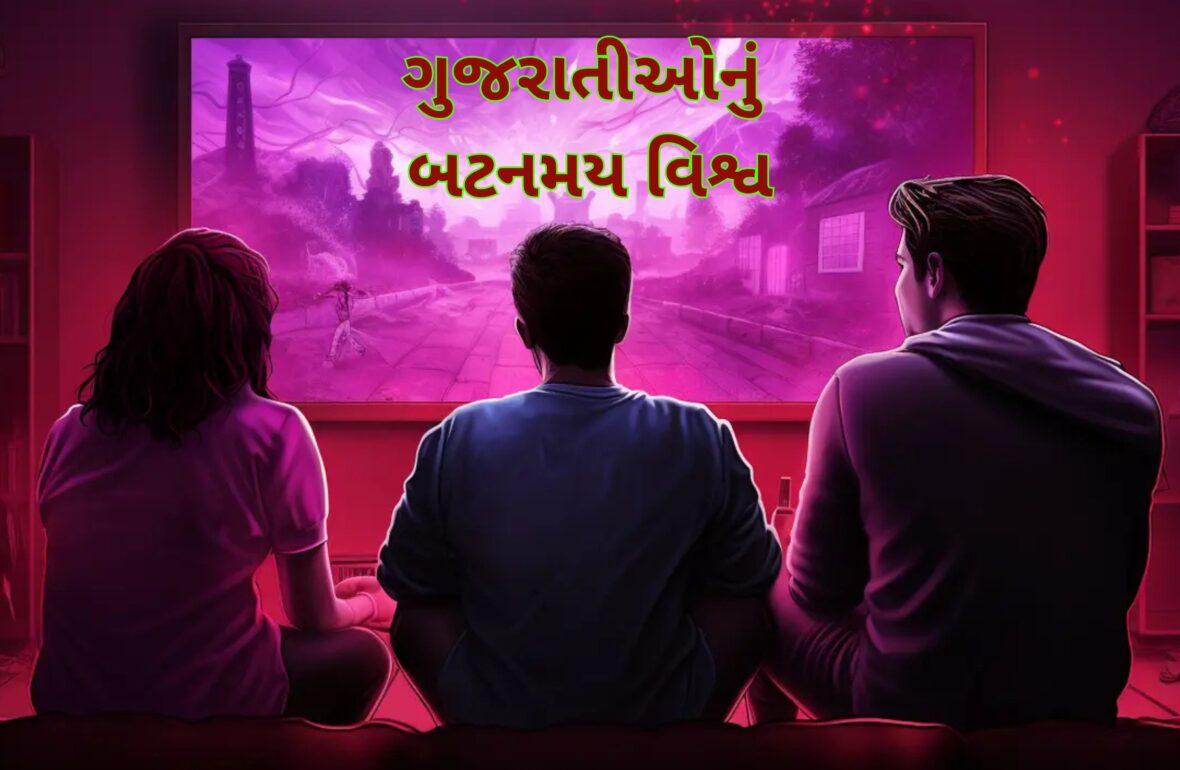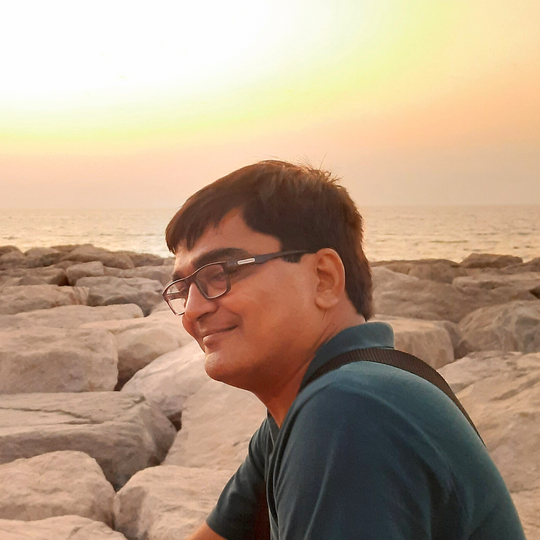Entertainment journalism in India once thrived on genuine human connection and creativity. As an entertainment journalist, I spent years immersed in film sets, TV shoots, and press events, building stories that readers cared about and earning insights directly from celebrities. With no social media at the time, stars relied on us journalists to relay their image to the public, creating a symbiotic relationship built on trust and professionalism.
Press conferences and on-location visits weren’t merely events; they were hubs for collaboration where journalists shared ideas, discussed story angles, and exchanged information. These interactions enriched our work, leading to stories that resonated deeply with readers. This vibrant, creative environment pushed us to excel and gave us a profound sense of purpose and satisfaction.
Then social media arrived, and everything changed. Platforms like X (formerly Twitter) and Instagram granted celebrities direct access to their audiences, sidelining traditional journalists. Video and photojournalists, especially, found new prominence, as visuals became central to celebrity visibility. Yet, this visibility came at a cost: rather than genuine journalism, these photographers and videographers often chase stars from airports to gyms, capturing shallow “spotted” moments or “looks of the day.” What value does this add for the reader? Disappointingly, very little. News is reduced to the superficial – from airport outfits to lipstick shades.
This shift has, unfortunately, benefited the entertainment industry. Flashy or controversial stories draw the most attention, while meaningful issues get sidelined. News cycles now favour sensationalism over substance, and editors often face pressure to prioritise commercial interests over integrity. As a result, journalistic standards erode, and content is driven by what sells, not what matters.
An equally disturbing aspect is the social impact. When celebrities flaunt questionable behaviours—whether it’s public displays of affection, provocative dressing, or indulgence in smoking and drinking—it sends messages that normalise these actions for impressionable young people. Promotions for alcohol, paan masala, and gambling further spread potentially harmful habits that, in the long term, could damage society both socially and economically.
The role of entertainment writers has also deteriorated. The focus has shifted from thoughtful storytelling to trivial fluff. Public relations teams and celebrity managers now hand over pre-packaged stories to writers, leaving them to essentially reproduce what’s given to them. This isn’t journalism; it’s paid promotion disguised as news.
While gossip has always been part of entertainment journalism, it wasn’t the focus. In the late 1990s, with Shobhaa De as editor of the popular magazine *Stardust*, gossip gained prominence but was still balanced with genuine storytelling. Even De might not have envisioned today’s reality: gossip, trivial videos, and pointless images now define entertainment journalism, fuelled by digital media’s relentless pace.
I know a veteran journalist, a talented and respected figure who built her career on keen insights and nuanced storytelling. Nearly all Bollywood celebrities know her personally. Yet, today, she too has been forced to adapt, posting content that, in my view, lacks the depth she once championed. I can’t help but wonder if she finds satisfaction in what she now has to do just to stay relevant.
The contrast with countries like the United States is striking. Despite its own challenges, entertainment journalism in the US has evolved with an understanding of balance. While not perfect, the industry there has matured, and journalists aim to balance the public’s right to information with responsible content. US celebrities have adapted to the symbiotic relationship between media and image, often engaging in ways that consider both their image and their social influence. India, however, is unique. Blindly following Western trends, without respecting our own cultural values and sensibilities, risks cultural erosion. We’re heading toward a future where our heritage might be overshadowed by imported norms and a commercialised media culture.
And yes, I must speak about the critics and their reviews of films, TV shows, and web series. What an ungraceful fall this field has seen! Critics today have become a laughingstock. A common reader or viewer knows that trusting a review can be one of the least reliable ways to judge content quality. Paid “reviews” have become the norm, undermining credibility. Yet, a few critics still work tirelessly to provide honest opinions, though they are now mere drops in an ocean of paid promotions. Sadly, their genuine efforts go largely unnoticed, swallowed by the mass of biased reviews.
In all, Indian entertainment journalism is at a crossroads. Authentic journalism serves the people – it educates, informs, and preserves cultural identity. Without these guiding principles, the industry risks becoming a hollow echo chamber of sensationalism, losing both its credibility and its contribution to society. To reclaim its purpose, Indian entertainment journalism must reconnect with its roots and reaffirm its mission in today’s landscape.
(Sanjay Shah is a veteran journalist with extensive experience covering the entertainment industry for various publications. He currently contributes a weekly column on OTT and online content every Friday for Gujarat Samachar’s entertainment supplement, Chitralok, and serves as the editor of Yatrabhoomi, a travel supplement in Janmabhoomi newspaper, published every Thursday.)







 Hello. I am Sanjay V. Shah. I live in Mumbai, India. I am a journalist and an author since 1995. I have been associated with leading Gujarati and English publications since the very beginning of my career.
Here, I will share my articles with you on varied subjects. Read, enjoy, and do leave your feedback. Thanks!
Hello. I am Sanjay V. Shah. I live in Mumbai, India. I am a journalist and an author since 1995. I have been associated with leading Gujarati and English publications since the very beginning of my career.
Here, I will share my articles with you on varied subjects. Read, enjoy, and do leave your feedback. Thanks!

